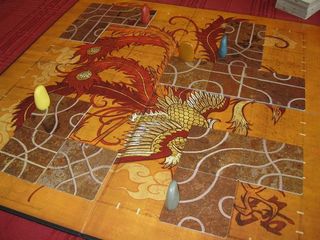Adolescence
Emotional Resiliency in ASD Teens
How to help your ASD teen develop emotional resiliency.
Posted May 15, 2017
One of the biggest challenges parents with teens on the Autism Spectrum face is teaching their teens how to develop emotional resiliency. Specifically, emotional resiliency pertaining to the teen being able to effectively manage their behavior when things are not going their way. So an ASD child who is able to prevent himself from having a meltdown or tantrum when upset is demonstrating effective emotional resiliency.
Cognitively, for a parent or professional to effectively teach a teen emotional resiliency, such a teaching process must involve the teen being able to look past his or her immediate relief for the anxiety associated with being upset and recognize longer term consequences for his or her behavior. For example, if Junior screams and yells at a peer over a disagreement in the classroom, Junior should practice recognizing that such a classmate will likely no longer consider him a friend for some time in the future. As I write this, I am reminded of a young client, who upon inquiring why he was not invited to a classmate’s birthday party, was gently reminded about the number of times he had behaved poorly to the classmate in the recent past. As upset as he was when he relayed this incident in therapy, it was an eye-opening incident for him.
I for one have found using cognitive behavioral therapy to process the daily experiences as a very effective tool for teaching teens how to develop emotional resiliency. However, another effective strategy is play therapy. I recently used a board game called Tsuro, “the game of path” in effectively addressing with a client the consequences of his actions. I had never played this game before, and I found myself intrigued by its description of how the paths of the participants would influence each other.
The game involves the participants laying squares of multiple paths, which they then use to navigate their pieces clockwise around the board. The game ends when there is only one participant left on the board, after multiple participants have inadvertently, taken a path without paying attention that led them to the edge of the board.

When playing this game with my client, I lost and found myself being scolded by my young client for not thinking ahead when I unintentionally choose the wrong path. I found this ironic, as my client habitually finds himself in troubles for audacious decision making which comes from his difficulty in making sense of social rules, and coping by making up his own rules. His recognition of my failure in thinking things through, served as a good metaphor, for how he engages in similar behavior in his home and school life.
The Tsuro board game has now become my personal favorite and I strongly recommend this game for parents who have received far too many complaints from their teens about being lectured. By playing the game with your teen, they often will not see the “lecture” coming and by the times it comes, it will be welcomed. This is because the game play is engaging and intense, and your teen can very well find the metaphor you create from the game play to be enlightening. This can also be done with other types of strategy games, with chess being my second favorite option, when it comes to play therapy.
Ugo is a psychotherapist and coach with Road 2 Resolutions PLLC.


